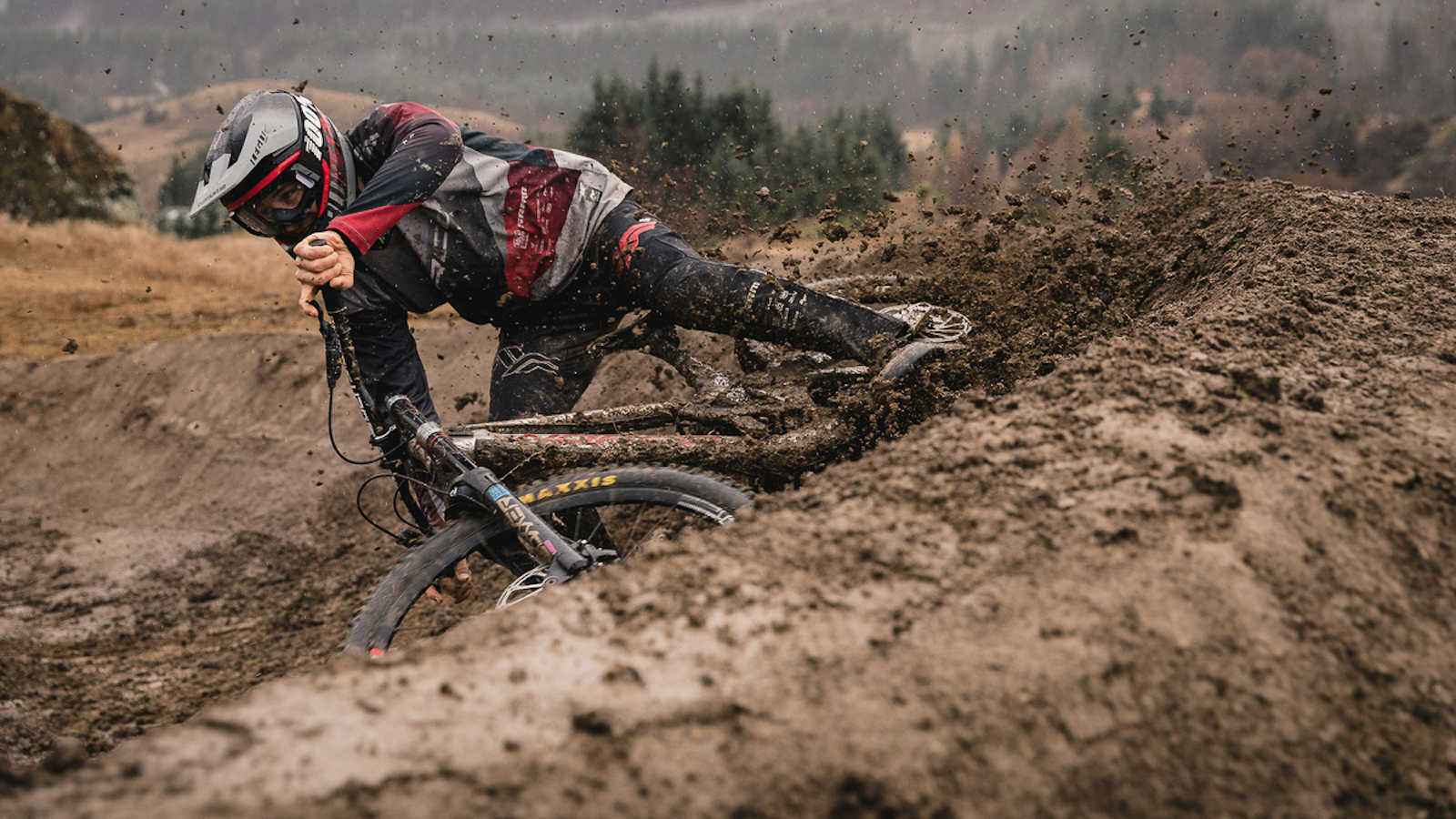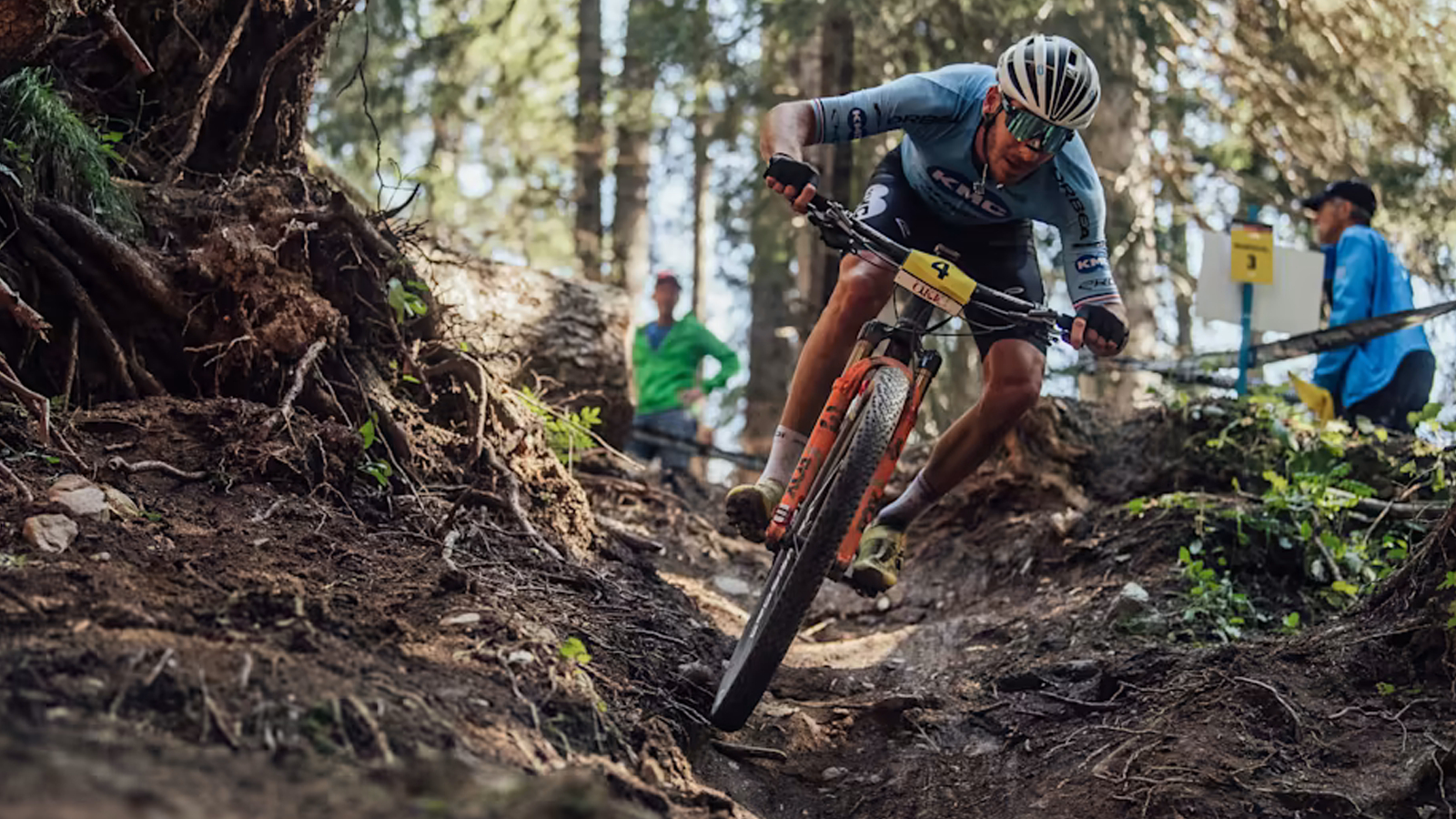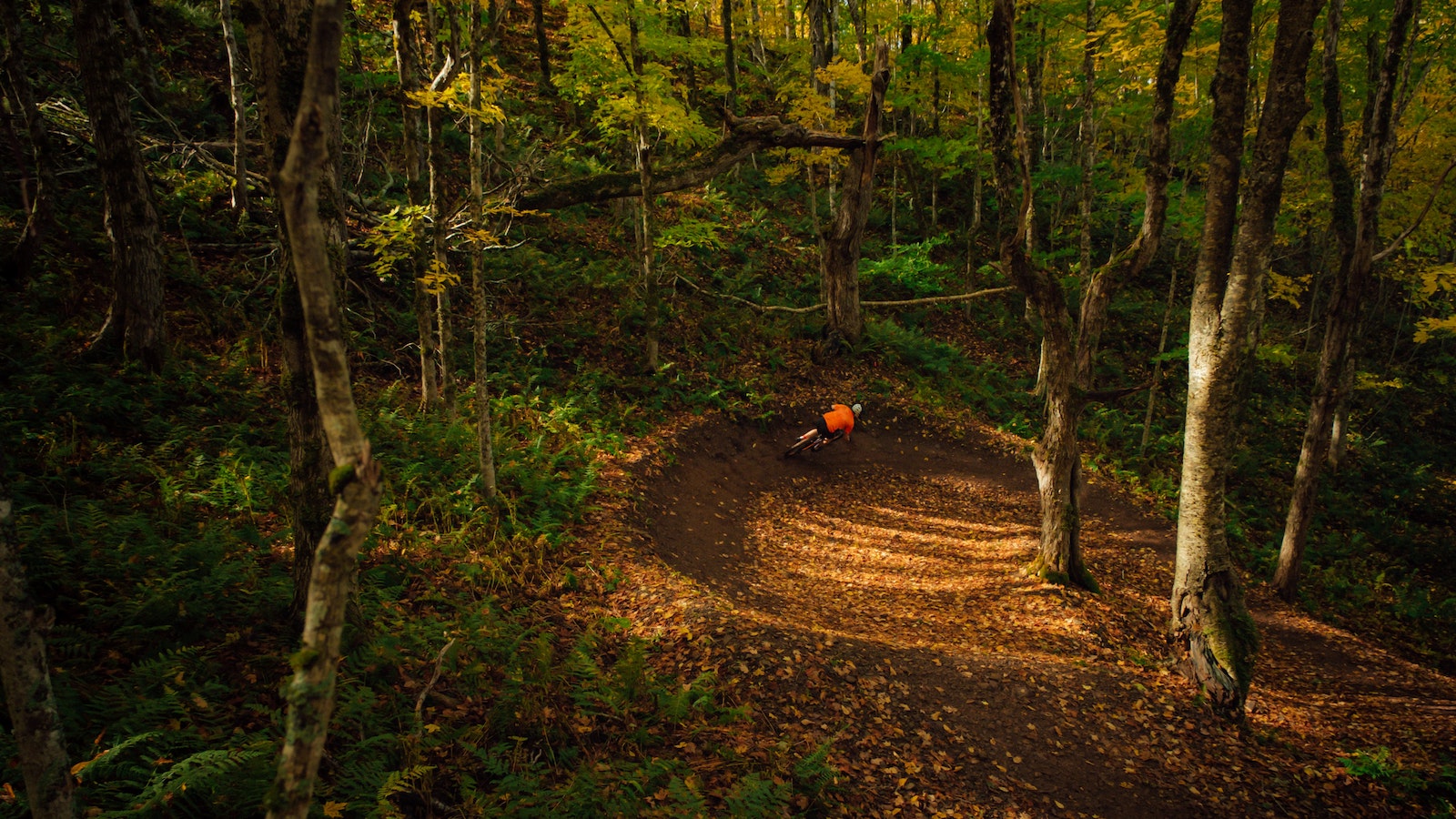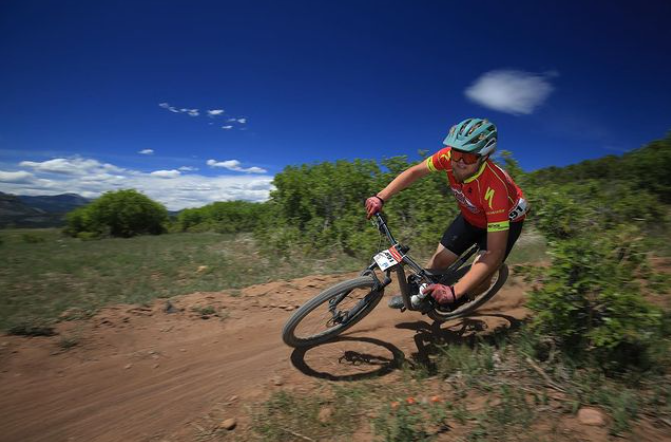27.5 vs. 29-inch wheels: What are the differences between mountain bike wheel sizes
Wheel size depends on the type of ride feel a rider is seeking. Here's how to choose the mountain bike wheel size that's right for you

There are a whole lot of numbers thrown around when you're looking at mountain bike specifications. One of the most important numbers is the wheel size diameter. The wheel size of the best mountain bike wheels determines how the bike will ride on the trail, and it will mean that the bike does well in certain scenarios over others.
For a long period, mountain bikes had 26-inch wheels. This was somewhat of an industry-standard until 15 years ago when companies began exploring bigger wheel sizes. Today, the main wheel sizes are 27.5- and 29-inch. Jump bikes still stay true to the 26-inch wheel and some children's bikes will have 24-inch wheels, but the smallest you will see on a typical adult mountain bike is 27.5-inch.
What's the advantage of 29 inch wheels?
As mentioned already, the precursor to today's mountain bike wheel sizes were 26-inch wheels. These did the job pretty well, but engineers at some companies wondered if bigger wheels would lead to better performance on the trail.
Eventually, companies began rolling out 29-inch models, starting with cross-country hardtails and moving onto full-suspension bikes and even trail bikes. As engineers worked out the kinks of running a bigger wheel, 29-inch wheels were adopted on longer travel bikes. Now, we even see them on downhill bikes.
When bike designers were trying to persuade the industry that 29-inch wheels were better than 26-inch wheels, the main selling points were that they rolled over obstacles better than the smaller wheels as well as being more stable on fast and rough terrain.
Because the wheel is bigger, it has an easier time rolling over obstacles like roots, rocks, and logs. The wheels have less of a chance of snagging or stalling on these obstacles too and throwing a rider over the bars.
One fear of 29-inch wheels, in the beginning, was that they would be awkward and slow to ride in tight, twisty terrain. Could they turn better than 26-inch? At first, these fears may have been true on some bikes. Now, the geometry of bike design is dialled in, making 29-inch wheels handle far better than 26-inch bikes could under most circumstances.

- Mountain bike suspension: everything you need to know
- Tips for beginner mountain bikers: everything you need to get started
Is 27.5 more fun?
A few years after 29-inch wheels started to become standard, some engineers in the bike industry began advocating for a wheel size that was right in between the old and the new. This was the 27.5-inch wheel.
Advocates of 27.5-inch wheels, sometimes called 650b wheels, said that the middle size was the best of 29er and 26 combines. Handling better in twisty terrain and offering a snappier cornering feel than 29er wheels. The smaller wheels also allowed riders to whip off of jumps and throw the bike around easier, leading to a more playful feeling. Yet increasing the size would bring some additional traction and increased roll-over compared to 26-inch wheels.
All of those assertions were true, and 27.5 wheels were indeed popular, especially on trail and enduro bikes. We even saw some try them out in disciplines like cross-country racing, as Nino Schurter famously did.
The reason people like 27.5-inch wheels is because they give more of a feel of the old 26-inch wheel while still offering some of the benefits of 29ers.
In addition to creating a more playful feeling bike, 27.5-inch wheels in some cases allow a larger tire to be fitted compared to a 29er. This lead to the advent of 27.5+ bikes, which had wider tires. These wider tires allowed riders to run lower tire pressures leading to big amounts of grip from the best mountain bike tires. For gravel riding, some riders still prefer 27.5-inch wheels for the reason that they can fit a bigger tire than when running a 700c wheel. The smaller wheel can also allow more a more mountain bike-like feel when riding a gravel bike on singletrack.
27.5-inch wheels still exist today on all types of mountain bikes. However, the mullet setups seem to be taking over in gravity mountain biking. Companies are experimenting with the mullet wheel sizes using a 29-inch wheel in the front and 27.5-inch in the rear. A 29-inch wheel in the front offers better roll-over and traction benefits while the smaller 27.5 wheel in the back helps a rider rail around turns faster.

Which wheel size should you buy?
It does seem that you will see more 29-inch wheels on the bike shop floor than 27.5-inch bikes. Geometry and bike design has gotten so good and advanced that 29-inch wheels are basically the fastest on everything from hardtails to downhill bikes.
However, 27.5-inch wheels can often be found on smaller frame sizes, while 29-inch wheels will be specced on the larger sizes. Bigger riders can really muscle around a longer bike, smaller riders may prefer the smaller wheel size for a more proportional bike.
Another reason to buy the smaller wheel size is for the trail feel and playfulness. If you ride trails that have a lot of tight turns around trees, consecutive switchbacks, or tight berms, the 27.5-inch wheel can get around these trail features easier. If you like to throw the bike around off jumps, the 27.5 wheels can also be more fun.
For cross-country riders, we'd always recommend a 29er due to how efficient and fast they are at covering a lot of ground. For trail riders or enduro riders, the benefit of a 29er is speed and stability at high speeds. The rider will feel more in control on high speeds actions as well as in chippy rock gardens or root sections.
Simply put, a 29er offers more speed, efficiency and stability, while a 27.5-inch bike offers a snappier trail feel. So unless you are particularly tall or small then the choice of wheel size very much depends on the trail you ride and your personal preference for the ride feel.
Ryan Simonovich has been riding and racing for nearly a decade. He got his start as a cross-country mountain bike racer in California, where he cultivated his love for riding all types of bikes. Ryan eventually gravitated toward enduro and downhill racing but has also been found in the occasional road and cyclo-cross events. Today, he regularly rides the trails of Durango, Colorado, and is aiming to make a career out of chronicling the sport of cycling.
Rides: Santa Cruz Hightower, Specialized Tarmac SL4

